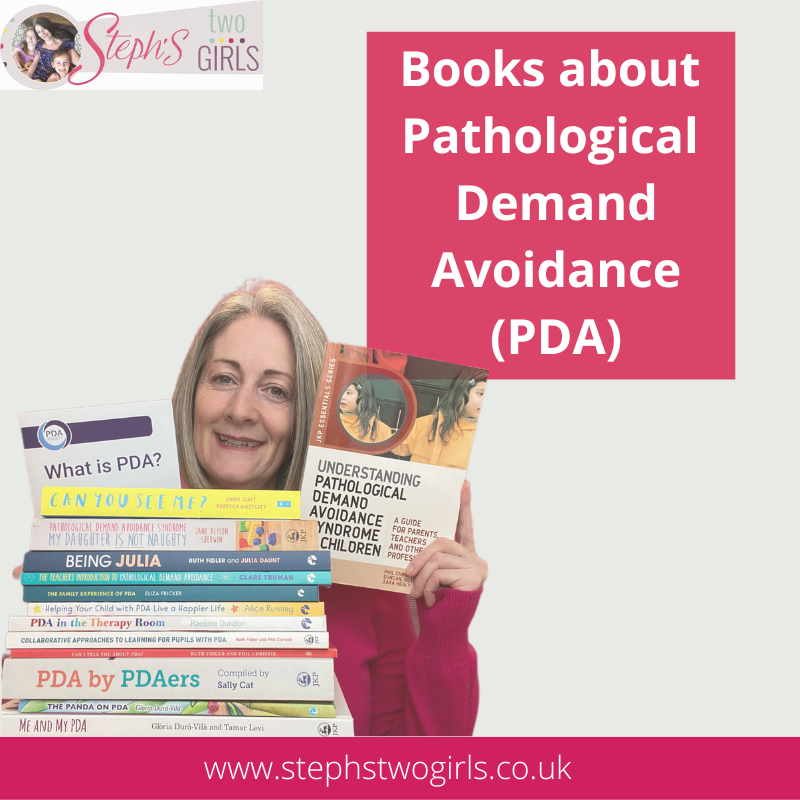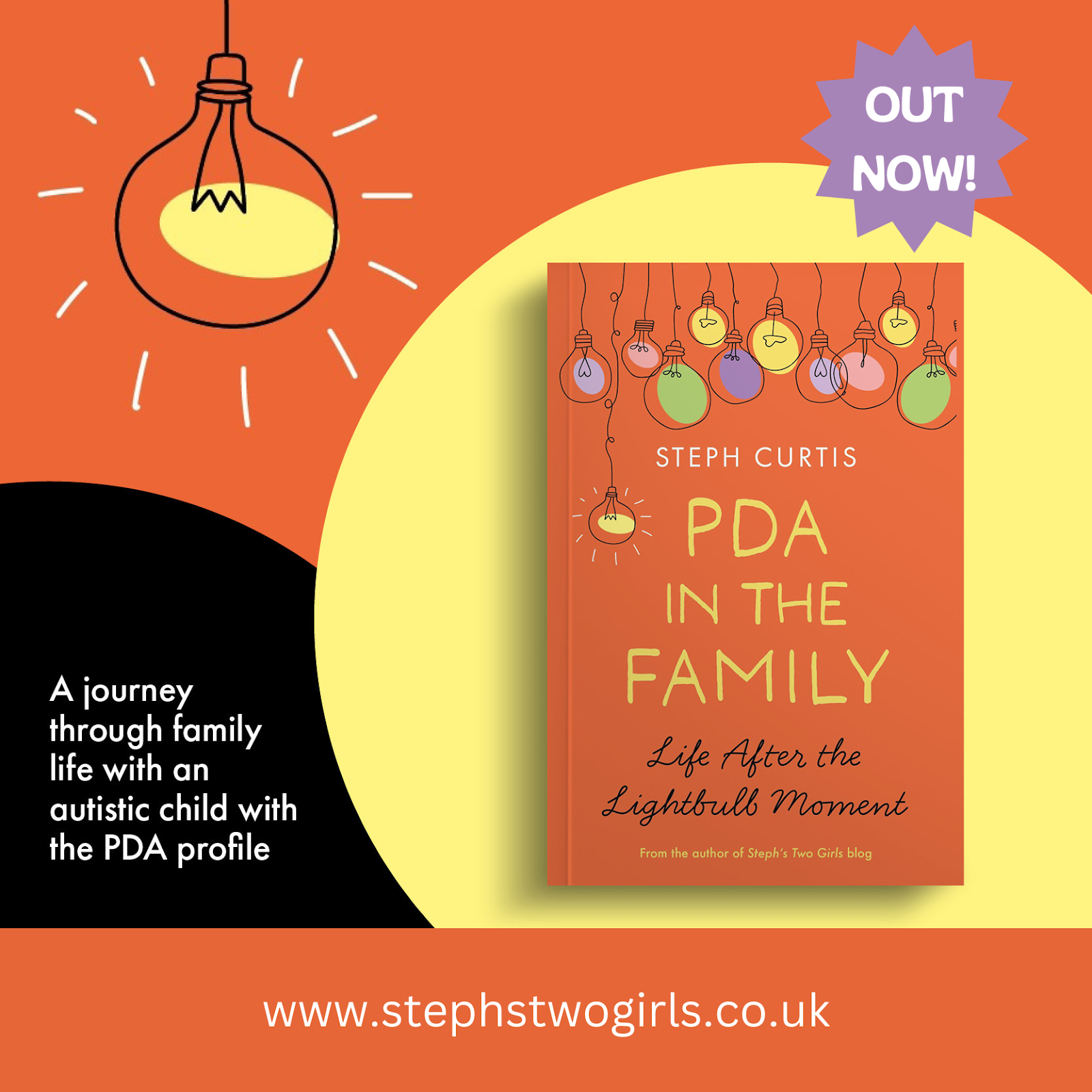Our youngest daughter began to struggle in Year 4, around the age of 8. At the time we didn’t know she was suffering with anxiety, and we didn’t know what a panic attack was. It might start in the morning, getting ready for school with her wanting a bit of reassurance: ‘Mum will I get told off today, would the teacher ask me to get into pairs, who would I sit with on a school trip?’. Then she would take a long time to do her hair which would have to be perfect (I think she thought she would be liked better with nice hair) which would make us late, which would cause us to rush out of the house, which would normally have more people stare at her for being late into the playground, lining up to go into class, late into the classroom which cause more paranoia for the next day. Sometimes the panic in a morning would involve a full on meltdown. This would be if her hair was unacceptable, or just fed up with the feeling of dread going into school. She would lay on the floor in a foetal position, crying and saying ‘it’s not fair, it’s not fair’ or ‘I don’t feel safe, I don’t feel safe’. We would normally blow bubbles together to help her calm down. Sometimes she would go into school late as she would need hours to calm. Sometimes she wouldn’t make it into school as she was so exhausted.
I think my daughter was having panic attacks in school too but because they presented differently to the unmasked panic attacks at home. She called them brain blurs. So she would have a panic attack if she was overwhelmed or if something unpredictable was happening such as the teacher shouting ‘right, get into pairs’ and she would sit in a three and be told off and forced to sit with someone she struggled to work with or the other kids would be upset that she hadn’t followed the rules. A brain blur would be her mind racing and her heart racing, and her thinking of the best way to avoid being told off. She would go into a trance-like state, her heart beating extremely fast and she would be saying ‘yes’ to everything and complying. So even if the teacher asked if she was ok, as she looked like she could have been struggling, she would nod and say yes.
Primary school teachers would normally tell her off for being loud - she used to get excitable if she was tired or anxious. She has auditory processing disorder so wouldn’t hear some instructions from the teachers as the classroom was too loud. So the teacher may have asked everyone to be quiet and she would be told off as she would be the only one talking, not realizing others had stopped. She would be told off for moving around the classroom and not standing still. After her first episode of freezing in class she could no longer get into school without panic attacks. At the beginning of year 5 I thought it could be dyslexia. We got her privately assessed and there were some processing issues not strictly down to dyslexia. CAMHS said they would assess but it took too long (we were put on a year long waiting list) so we waited 4 months for the PDA centre in Norwich, Help for Psychology. By this time she was in year 6 and had constant panic attacks, which was turning into PTSD. She was allowed to go into the reception entrance without the other children. She really liked the receptionist, and the receptionist used to walk her to the classroom. But once she was in class she panicked all day which would stop her going into school the next day as she knew she was trapped for the full day once in school.
I took the info to school but I had the usual comments ‘she doesn’t look autistic’. My daughter said the teachers would shout at her more, knowing she had this diagnosis. I don’t know, maybe they were shouting at her as they thought screaming instructions at her would help her?! They would also tell her off in front of other children or in assemblies etc.
We had lots of meetings. The teachers did try their best but they were overworked and unknowledgeable. I took lots of information into school to try and help. One teacher read the book ‘
Can You See Me’, written by an autistic girl. I thought things would get better but they didn’t.
The secondary school head teacher promised me she would apply for an EHCP for my daughter - the primary school had said she didn't need one. Then came a terrible transition of her being transferred to secondary school all on her own, even though 30 class mates had moved up with her. She was separated from all primary school peers even though I had asked them not to do this. So not long into September of her first month in secondary her anxiety was worse than ever. Her bottom jaw would be shaking like she was in shock at school drop off. A couple of occasions she jumped out of the moving car as she spotted friends she could walk into school with and she would just jump out as she didn’t want to walk in alone. Slowly she burnt out, her hair wouldn’t be right and she would be late for school. The gates are locked at 8:40 am so if she was late she wouldn’t go into school, she would have the full day off. Then she wouldn’t receive her 100% pass to allow her to have dinner first with her friends, so she would have to eat on her own, which would stop her from going back to school. It was a vicious circle.
No EHCP was forthcoming so I applied myself, but it got rejected. My daughter’s attendance went to 80% from 90%. She was given detentions and was sanctioned because of her attendance. I always complained and they stopped it but in every incident, more damage was done. She went to 70% attendance. I reapplied to CAMHS for crisis intervention as she was depressed and talking about not wanting to exist anymore. In December 2020 we were given medical intervention and I pulled her out of school. She is now in Year 9 and school have arranged for her to be on a part-time timetable. She is still in mainstream but she attends with anxiety, in a classroom of another 2 young people who she likes. The SENCO said she could see the school therapy dog for an hour a day if it would help. I didn’t think it would but she was very excited about it and she managed to go into school for 3 hours a week.
I think she should have had CAMHS intervention from the start of the brain blurs, the panic attacks and the meltdowns. We should have been listened to by teachers and by the CAMHS team. We had the usual ‘but she’s fine in school’. Right there, that should have been a red light. She may have avoided the medication route if she had had the right talking therapy, diagnosis, and school provision at the time of the anxiety.
Our new SENCO at the secondary school has been amazing. Unfortunately the damage has been done and she no longer feels safe at this school. It possibly could have been so different. She dislikes school but is currently able to attend 3 hours a day, doing crafts. No GCSE work even though she’s capable. She now has an EHCP so could be in specialist provision, but due to the crisis there are no places for her.
I do think she will go to college and university but she will never go into a classroom of mainstream children again. She’s not in specialised provision but that is what she needs; smaller classroom numbers with staff who understand, low arousal techniques, trauma informed support, with peers who have similar issues.






















This could be written about my daughter, the circumstances are so similar. She's in Yr 9 now and not going to school because of the daily meltdown or DA... Heartbreaking there's not the right help freely available
ReplyDeleteSo much more could, and should, be done for these children :(
Delete